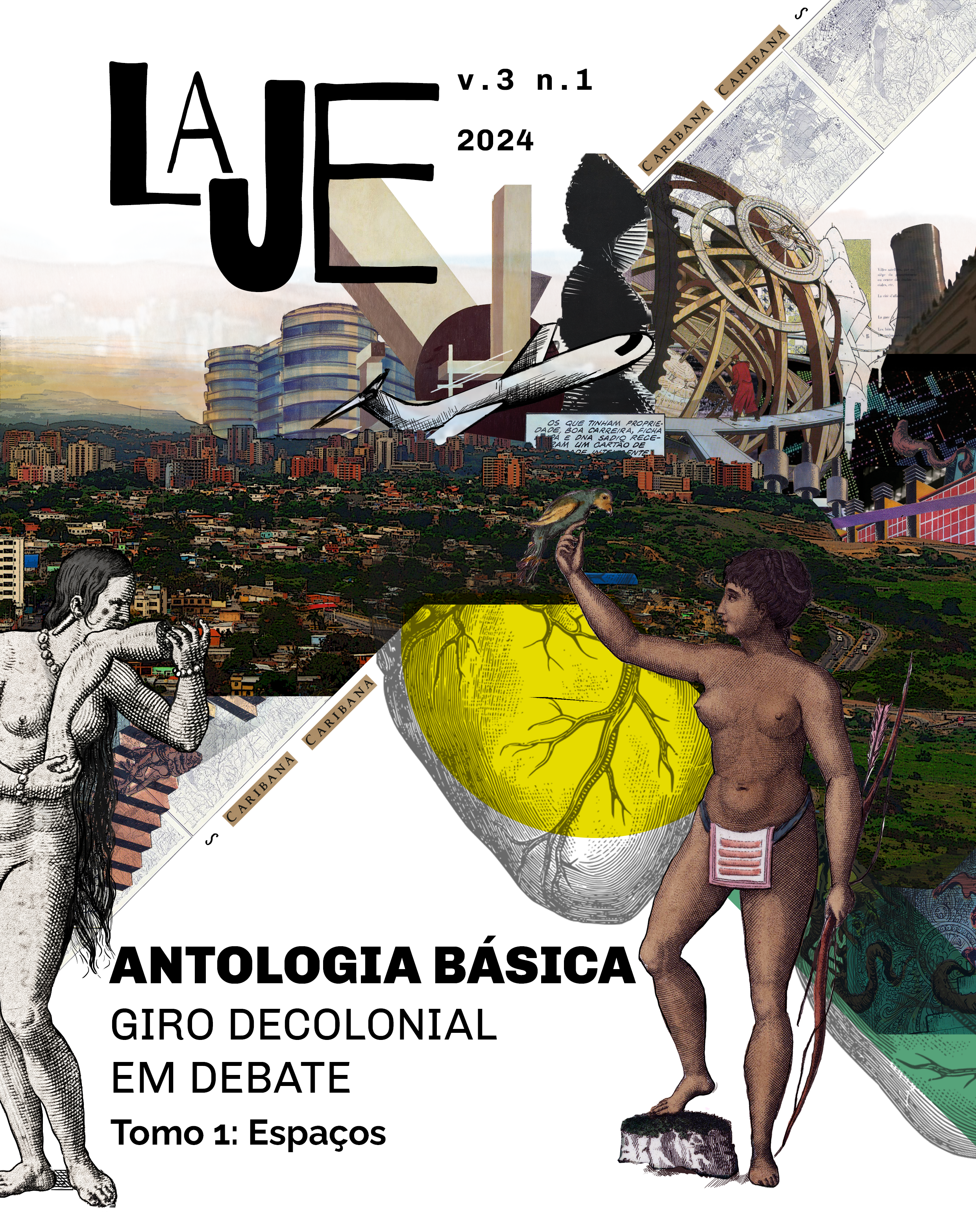Complurities and multi-Souths
design by other names and intentions
DOI:
https://doi.org/10.9771/lj.v3i0.60546Keywords:
South of design, Design from the South, Design by other names, DesignAbstract
Design does not happen in a vacuum. It is the result of the exercise of people who, grouped together, we call 'societies', although they could be designated in other ways. If we do not do so, it is because from a place in the West all the other planetary places were classified and the generality of the different was assumed with the concepts of the same. Some humans catalogued in their terms all the others. Now, in our Abya-Yala/Latin America of the XXI century, many of us recognize old novelties, worlds within the world and some of us advocate the declassification of the keys of Western expansionism and its overwhelming doctrines yesterday and coexisting today (capitalism, Marxism, ecumenism, colonialism, globalization), all products of those who profess knowledge or 'epistemologies' of the North through which the ideologies and practices of a normal part of humanity were made to pass as if they were the 'norm'. In view of this, I reflect on the south of design (that which, when designing maps, was either destined to inferior places, or was excluded or denied) and on the design of the south (as the construction of the south or sures, places of other directions and other realities). With my exercise I try to approach ways of knowing and deciding that arise from concrete people with combined knowledge, here and now, rather than from abstract subjects in ideal instances. I distrust the expert knowledge invariably coming from those who feel themselves dispensed from all questioning, superior in knowledge and understanding to other humans. I defend as destiny the multiple, the confused and the mixed, more to balance the illusory and imposed uniqueness of the pure than to deny it. I believe that it is possible to identify, as in fact they already exist, correlates of what we professionally call design, gestated from other (or southern) knowledge, such as: the Andean notions of life in fullness, the African notions of link with the whole, the Maori ways of doing things, the Gandhian insistence on the force of truth, etc. Excited by this, I turn to frontier thinkers to support my theme. I propose to retake a present built for the diverse now and not for a unique future in accordance with conceptions of progress through which multiplicity is assumed as chaos and invasion. As I conceive it, the future is marked by care, rather than by accumulation. In such an approach, the design, or designs, of the South, as well as those who design accordingly, have other names and practice with other intentions. (As there was no abstract in the original publication, this was prepared by the journal's editors).


